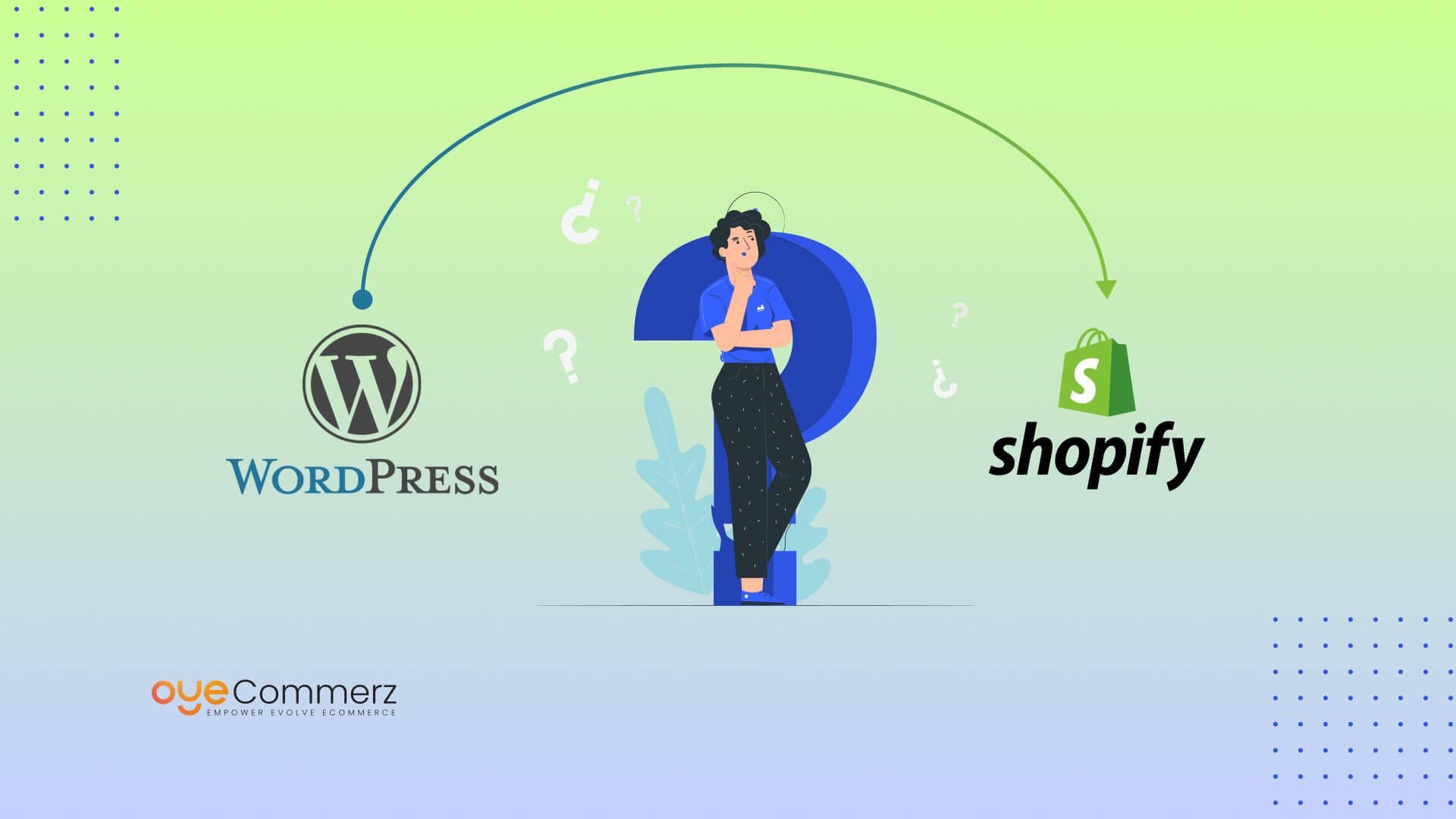Transitioning from WordPress to Shopify marks an exciting step in optimizing your online store operations. As companies grow, choosing a solution that aligns with growth potential, user experience, and flexibility is essential. Shopify is widely recognized as a favorite for online merchants, providing superior flexibility, data protection, and ease of use. In this guide, we’ll explore the transformative impact of this migration, discuss the advantages, and provide practical tips to ensure a seamless move.
1. Top Reasons to Transition from WP to Shopify
WordPress, paired with WooCommerce, has served countless e-commerce platforms. Nevertheless, as businesses scale, challenges like reliance on plugins, security vulnerabilities, and technical complexities can hinder progress. Shopify, specifically created for e-commerce, addresses these issues with an comprehensive, intuitive solution. Real data supports this shift—Shopify hosts over 4.4 million stores globally, with a reported 10% increase in sales conversion rates for many businesses after migration.
2. Shopify's Perks for Thriving Online Stores
Shopify’s robust ecosystem caters for scaling businesses. Its notable features include:
- Effortless Design Flexibility: Shopify provides over 80 professionally designed themes.
- Built-in Features: Capabilities such as Shopify Payments and built-in SEO streamline operations.
- International Expansion: Multi-currency support and regional customization empower businesses to reach global markets.
Additionally, Shopify delivers an uptime rate of 99.98%, ensuring your website is always operational.
3. Getting Ready for Your WP-to-Shopify Transition
Before migrating, evaluate your current store. Review inventory details, client information, and SEO performance. Resources such as Shopify’s Migration Kit or external tools can simplify this process. Create a detailed strategy, making sure all assets—product descriptions, images, and articles—are ready for seamless import.
4. Data Migration: A Critical Step
Transferring your data is a cornerstone of a successful transition. When moving from WP to Shopify, focus on:
- Product Information: SKU, descriptions, and categories.
- Client Information: Emails, purchase records, and custom fields.
- SEO Optimization: Preserve meta tags, URLs, and redirects to maintain search rankings.
Leverage apps like LitExtension to facilitate seamless migration while reducing mistakes.
5. Tailoring Your Shopify Store to Fit Your Brand
Post-migration, customizing your Shopify store ensures it aligns with your brand. Take advantage of Shopify’s intuitive page builder to create layouts with ease. Shopify's templates are optimized for all devices, providing a seamless UX across platforms—a key point, since 74% of e-commerce traffic comes from mobile users.
6. Maintaining SEO During Migration
SEO is vital for maintaining your online presence during migration. Shopify is highly optimized for search engines with clean URL structures, preloaded features, and smooth content management. Ensure:
- Set up URL forwarding for old Bulk migration to Shopify URLs.
- Enhance updated content with keyword-rich content.
- Use Shopify's apps Plug in SEO to track analytics post-migration.
7. Essential Tests After Migrating to Shopify
Once the migration is complete, conduct thorough testing.
Review: - Website speed (Shopify boasts faster speeds compared to WP).
- Payment integration reliability and checkout processes.
- Adaptability across devices.
Quality assurance ensures your store provides a seamless shopping experience from day one.
8. Real-Life Success Story
One such migration success story is Gymshark, a fitness apparel brand that transitioned to Shopify. Post-migration, the company experienced a 60% boost in mobile sales and reduced site downtime. This showcases the potential of Shopify in driving e-commerce growth.
9. Challenges and Solutions
Migration is not without obstacles, such as information accuracy and adjusting tailored features. However, Shopify’s extensive assistance and third-party experts make overcoming these hurdles manageable. Collaborating with experienced Shopify developers ensures a trouble-free transition.
10. Making the Switch: The First Step Toward Success
Switching from WP to Shopify marks a strategic decision to online retail. By focusing on growth, simplifying management, and enhancing the customer experience, Shopify empowers businesses to thrive in competitive markets.
Conclusion
Switching from WordPress to Shopify is a strategic move that can significantly boost your e-commerce success. With a robust migration plan, the right tools, and expert WordPress vs. Shopify for eCommerce support, you can unlock new growth opportunities.
Ready to make the leap? Let’s discuss how our Shopify migration services can transform your online store. Contact us now, or consider: Can your business afford to miss out on Shopify’s growth potential?
